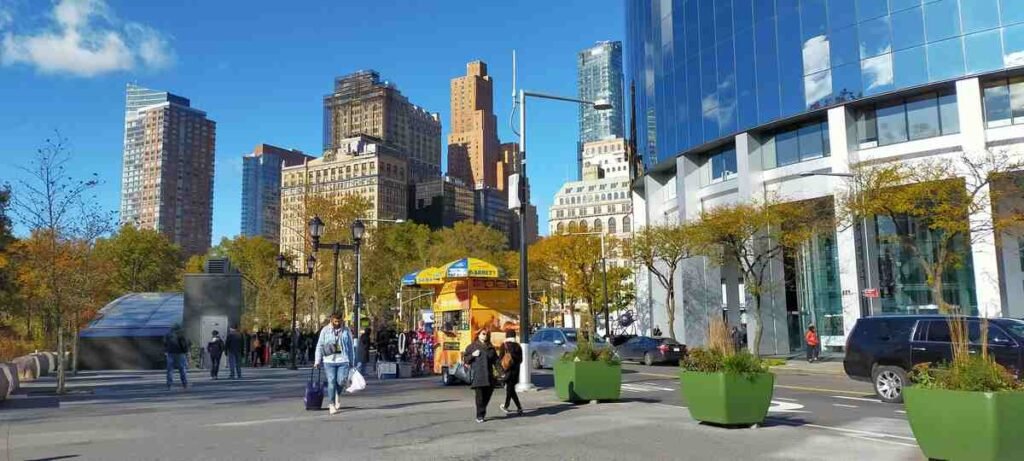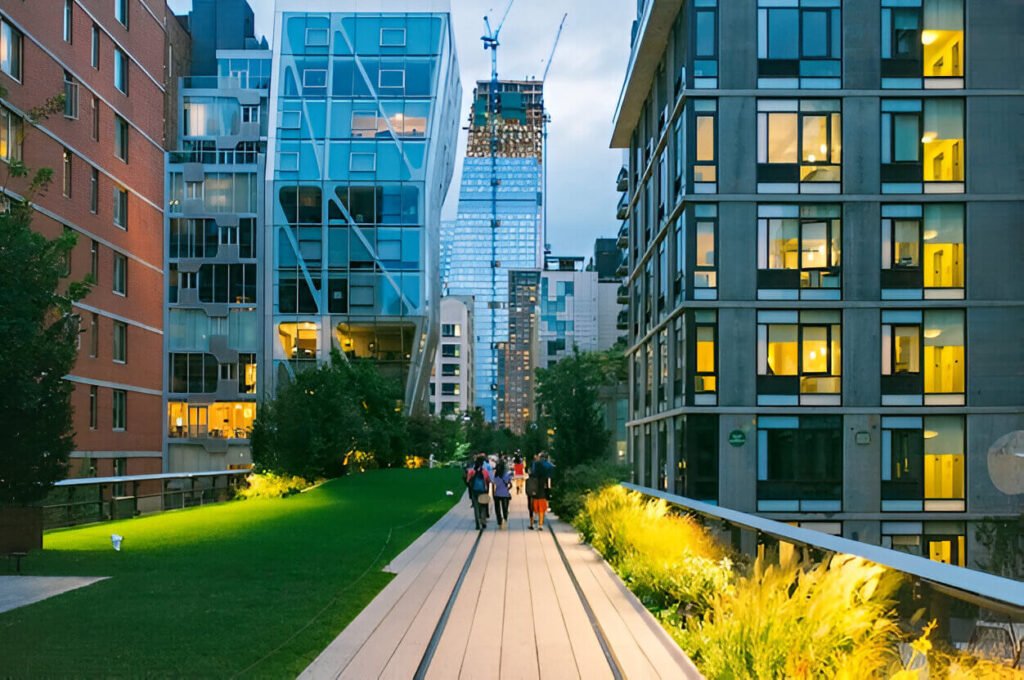Now Reading: Urban Gardener – Growing Green Spaces in the City
-
01
Urban Gardener – Growing Green Spaces in the City
Urban Gardener – Growing Green Spaces in the City
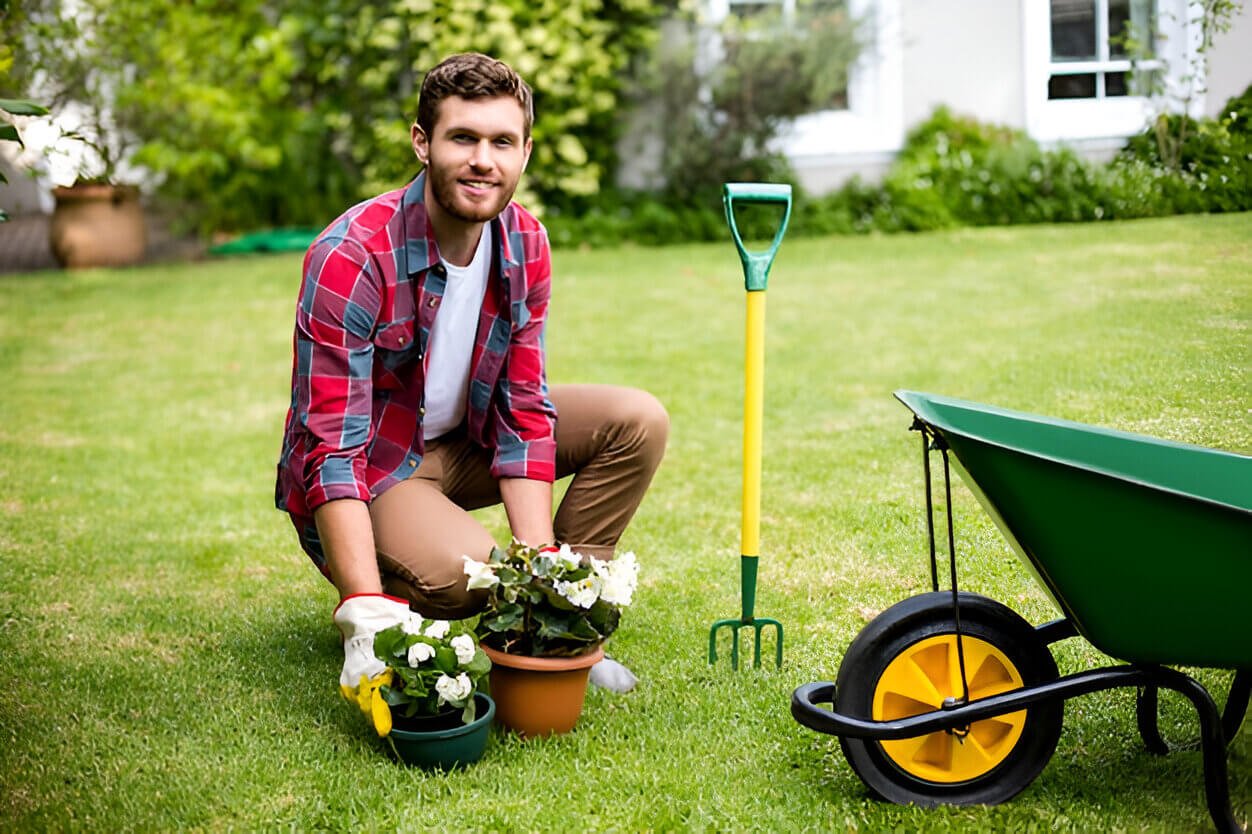
Introduction
In a world where cities are expanding faster than ever, the role of an urban gardener has become increasingly vital. Urban gardening is more than just a hobby; it’s a movement that brings nature back into our concrete landscapes, improves mental health, and promotes sustainability. This guide will explore how to thrive as an urban gardener and transform your city space into a lush oasis, regardless of your experience level.
What is an Urban Gardener?
An urban gardener is someone who cultivates plants, vegetables, herbs, or flowers in urban environments, often with limited space. This could mean tending to a rooftop garden, balcony planters, community plots, or even indoor vertical gardens. Urban gardeners are not just growing plants; they’re fostering a connection to nature, reducing their carbon footprint, and contributing to greener cities.
Why Does Urban Gardening Matter?

Urban gardening matters because it addresses several modern challenges:
- Food Security: Growing your own produce reduces reliance on industrial agriculture.
- Environmental Impact: Plants improve air quality, reduce urban heat islands, and support biodiversity.
- Mental Health: Gardening is a proven stress reliever and mood booster.
- Community Building: Shared gardens bring people together and create a sense of belonging.
For more tips on sustainable living and urban gardening, visit EcoUrbanBloom.
How to Start as an Urban Gardener
Assess Your Space
The first step to becoming an urban gardener is evaluating your available space. Do you have a sunny balcony, a small patio, or just a windowsill? The good news is that you don’t need a large yard to start gardening. Even a tiny space can yield impressive results with the right approach.
Pro Tip: Use vertical gardening techniques to maximize space. Hanging planters, wall-mounted pots, and trellises are great for small areas.
Choose the Right Plants
Not all plants thrive in urban environments. As an urban gardener, focus on plants that are well-suited to your conditions:
- Herbs: Basil, mint, and parsley grow well in small pots.
- Vegetables: Tomatoes, peppers, and leafy greens like spinach are great for beginners.
- Flowers: Marigolds, petunias, and pansies add color and attract pollinators.
Gather Essential Tools
You don’t need a shed full of tools to start urban gardening. Here’s a basic list:
- Containers: Pots, grow bags, or recycled containers with drainage holes.
- Soil: High-quality potting mix for better growth.
- Watering Can: A small one is perfect for balcony or indoor gardens.
- Gloves and Trowel: For planting and maintenance.
Learn the Basics of Plant Care
Understanding the needs of your plants is crucial. Here are some quick tips:
- Sunlight: Most plants need 6-8 hours of sunlight daily.
- Watering: Overwatering is a common mistake. Check soil moisture before watering.
- Fertilizing: Use organic fertilizers to nourish your plants.
Overcoming Challenges as an Urban Gardener
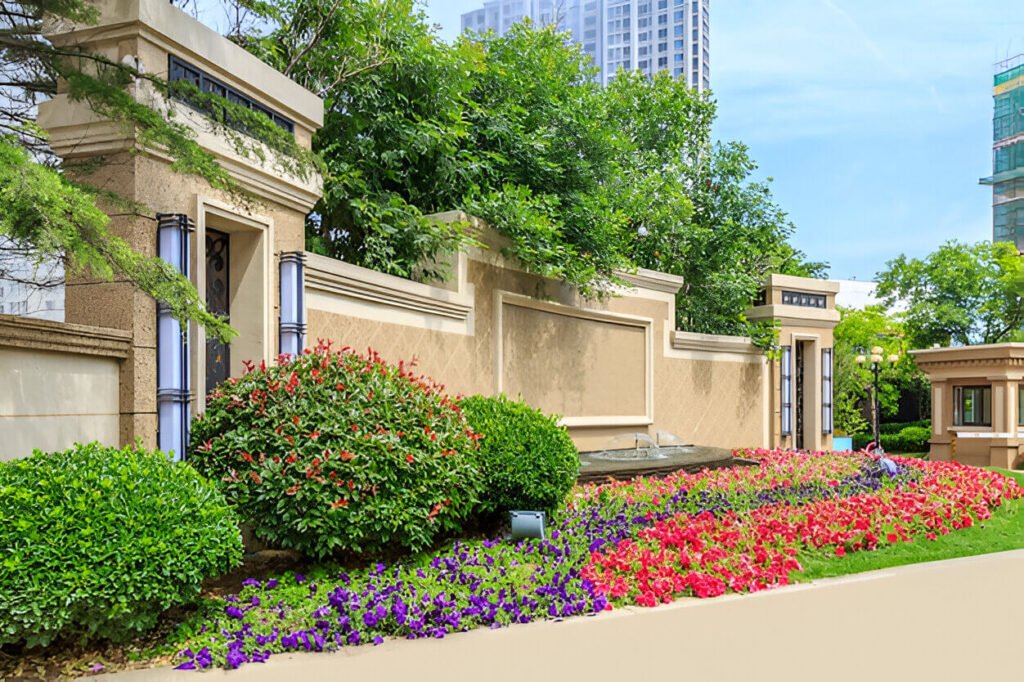
Limited Space Solutions
Space is often the biggest hurdle for urban gardeners. Here are some creative solutions:
- Vertical Gardens: Use walls or railings to grow plants upward.
- Stackable Planters: Perfect for herbs and small vegetables.
- Community Gardens: Join a local garden to access more space.
Dealing with Pollution
Urban environments can expose plants to pollution. To mitigate this:
- Choose pollution-resistant plants like spider plants or peace lilies.
- Regularly clean leaves to remove dust and pollutants.
- Use air-purifying plants to improve indoor air quality.
Pest Control in the City
Pests can be a nuisance, even in the city. Try these eco-friendly solutions:
- Neem Oil: A natural pesticide for common pests.
- Companion Planting: Grow marigolds or garlic to deter pests.
- DIY Traps: Use sticky traps for flying insects.
Benefits of Being an Urban Gardener
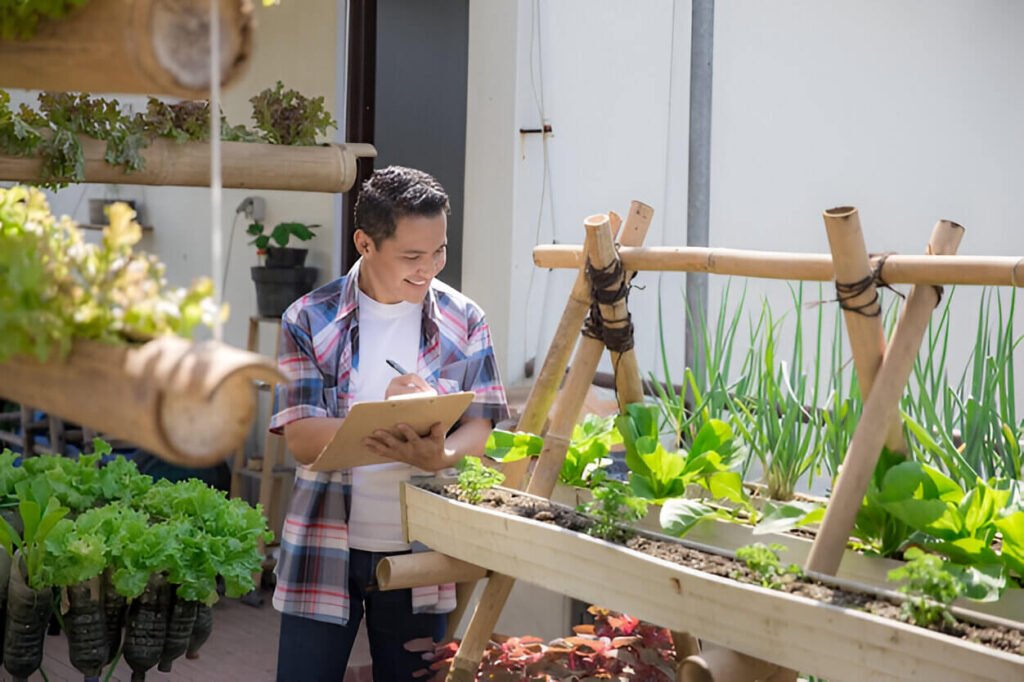
Health and Wellness
Gardening is a therapeutic activity that reduces stress and anxiety. Studies show that spending time with plants can lower cortisol levels and improve overall well-being.
Environmental Impact
Urban gardeners play a key role in combating climate change. Plants absorb carbon dioxide, reduce urban heat, and provide habitats for pollinators like bees and butterflies.
Fresh, Organic Produce
Growing your own food ensures you have access to fresh, pesticide-free produce. Imagine plucking a ripe tomato or snipping fresh basil for your meals!
Inspiring Examples of Urban Gardening
Rooftop Gardens in New York City
New York City is home to numerous rooftop gardens that transform unused spaces into thriving green areas. These gardens not only provide fresh produce but also reduce the city’s carbon footprint.
Vertical Farms in Singapore
Singapore’s vertical farms are a testament to innovative urban gardening. These high-tech farms grow vegetables in skyscrapers, ensuring food security in a densely populated city.
Community Gardens in London
London’s community gardens bring neighbors together and create green havens in the heart of the city. These spaces foster a sense of community and provide educational opportunities for aspiring urban gardeners.
Tools and Resources for Urban Gardeners
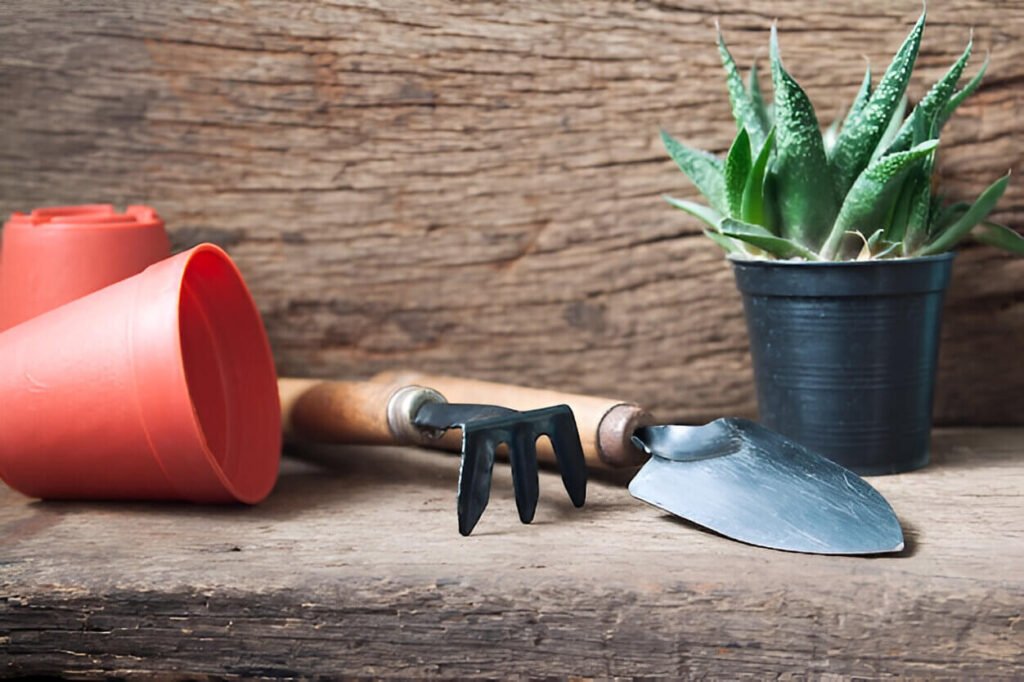
Apps and Online Communities
- Gardenize: A gardening app to track your plants’ progress.
- iNaturalist: Identify plants and pests with this handy tool.
- Reddit’s Urban Gardening Community: Connect with fellow gardeners for tips and inspiration.
Books and Guides
- The Urban Gardener by Matt James: A comprehensive guide to city gardening.
- Vertical Gardening by Derek Fell: Learn how to grow upward in small spaces.
For more resources on sustainable living and urban gardening, visit EcoUrbanBloom.
Advanced Tips for Urban Gardeners
Hydroponics and Aquaponics
For those looking to take urban gardening to the next level, hydroponics and aquaponics offer innovative solutions. These soil-less gardening methods use water and nutrients to grow plants, making them ideal for small spaces.
- Hydroponics: Plants grow in a nutrient-rich water solution.
- Aquaponics: Combines fish farming with hydroponics, creating a symbiotic ecosystem.
Seasonal Gardening
Understanding seasonal changes is crucial for urban gardeners. Here’s a quick guide:
- Spring: Plant cool-season crops like lettuce, peas, and radishes.
- Summer: Focus on heat-loving plants like tomatoes, peppers, and cucumbers.
- Fall: Grow root vegetables like carrots and beets.
- Winter: Use indoor gardening techniques to grow herbs and microgreens.
Composting in the City
Composting is a great way to recycle kitchen waste and enrich your soil. Even in small spaces, you can compost using:
- Bokashi Bins: Compact and odor-free composting systems.
- Worm Farms: Use worms to break down organic waste.
- Community Composting: Many cities offer composting programs for urban gardeners.
For eco-friendly home renovation tips that complement your urban gardening efforts, check out our guide: Eco-Friendly Home Renovations Guide.
The Future of Urban Gardening
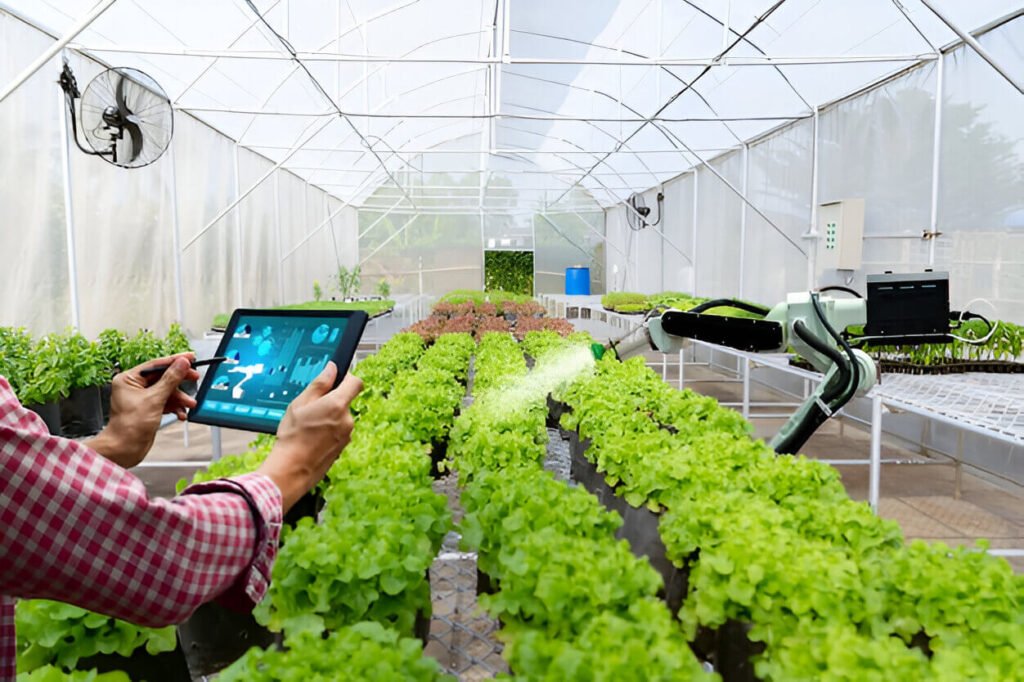
Smart Gardening Technology
The future of urban gardening is tech-driven. Smart gardening tools like self-watering planters, soil sensors, and automated lighting systems are making it easier than ever to grow plants in urban environments.
Urban Gardening and Climate Resilience
As cities face the impacts of climate change, urban gardening can play a crucial role in building resilience. Green roofs, urban forests, and community gardens help mitigate flooding, reduce heat, and improve air quality.
Policy and Urban Planning
Governments and city planners are increasingly recognizing the importance of urban gardening. Policies that support community gardens, green roofs, and urban farming initiatives are essential for creating sustainable cities.
Conclusion: Join the Urban Gardening Movement
Becoming an urban gardener is a rewarding journey that benefits you, your community, and the planet. Whether you’re growing herbs on your windowsill or transforming a rooftop into a green paradise, every plant you nurture makes a difference. So, grab a pot, some soil, and a few seeds, and start your urban gardening adventure today!
Discover eco-friendly home renovation tips that align perfectly with your urban gardening efforts in our guide: Eco-Friendly Home Renovations Guide.
FAQs
What is the easiest plant to grow for beginners in urban gardening?
Herbs like basil, mint, and parsley are perfect for beginners. They require minimal space, grow quickly, and are low-maintenance.
Can I grow vegetables in a small apartment?
Absolutely! Vegetables like cherry tomatoes, peppers, and leafy greens can thrive in containers on a sunny windowsill or balcony.
How do I deal with limited sunlight in my urban space?
Choose shade-tolerant plants like spinach, kale, or ferns. You can also use grow lights to supplement natural light.
Is urban gardening expensive to start?
Not at all! You can start small with recycled containers, basic tools, and a few seeds. Over time, you can invest in more advanced setups if desired.
How do I prevent pests in my urban garden?
Use natural pest control methods like neem oil, companion planting, or DIY traps. Regularly inspect your plants for signs of pests.
Can I compost in a small urban space?
Yes! Bokashi bins and worm farms are compact and odor-free, making them ideal for small apartments or balconies.
What are the best plants for improving indoor air quality?
Spider plants, peace lilies, and snake plants are excellent for purifying indoor air and are easy to care for.
How much time does urban gardening require?
It depends on the size of your garden, but most urban gardens require just a few minutes a day for watering and occasional maintenance.
Can I grow fruit in an urban garden?
Yes! Dwarf fruit trees like lemons, strawberries, and blueberries can thrive in containers on balconies or patios.
How do I get involved in community gardening?
Check local listings or social media for community garden initiatives in your area. Many cities have programs that offer plots for urban gardeners.


